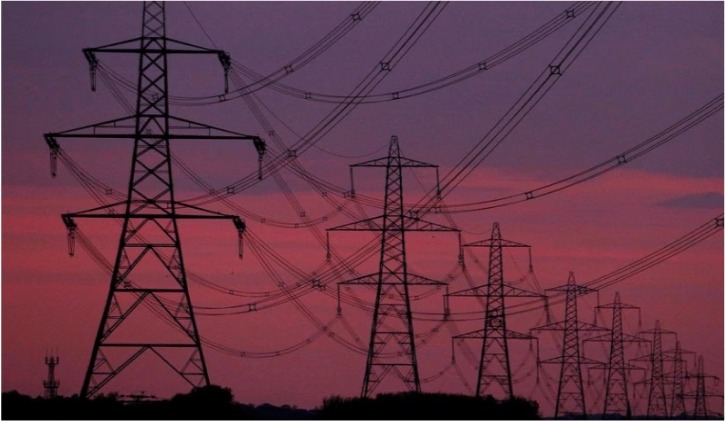
The UK government announced on Wednesday that it is extending its support for household energy bills by three months until the end of June. This move aims to keep household bills at a manageable level and alleviate the country’s cost of living squeeze. The announcement came just hours before the Finance Minister, Jeremy Hunt, was due to deliver the government’s budget.
The government stated that it will maintain a price cap, which will ensure that the average annual household bill remains at £2,500 ($3,039) for an additional three months. Previously, the government had planned to reduce subsidies from the end of March, which would have resulted in bills rising to £3,000.
In a statement, Hunt said, “High energy bills are one of the biggest worries for families, which is why we’re maintaining the Energy Price Guarantee at its current level.”
The government stated that wholesale prices are expected to decrease over the period, which means that this support will no longer be necessary after June.
The cost of living squeeze in the UK
The cost of living squeeze is a phenomenon where households experience a reduction in disposable income due to rising living costs, such as rent, energy bills, and food prices. This situation is particularly acute in the UK, where wages have failed to keep up with the rising costs of living. According to the Institute for Fiscal Studies, the average household income in the UK is still lower than it was before the 2008 financial crisis.
This has put many UK households in a difficult position, as they struggle to make ends meet. High energy bills are a particular concern, as they are one of the most significant expenses for many households. The Energy Price Cap was introduced in January 2019 to address this issue, with the aim of keeping bills affordable for consumers.
The Energy Price Cap
The Energy Price Cap is a government-mandated limit on how much energy companies can charge their customers. It was introduced in January 2019 and is reviewed twice a year, with changes taking effect in April and October. The cap is designed to protect consumers from excessive energy prices, and it applies to all energy tariffs, including standard variable tariffs.
The cap is calculated using a formula that takes into account wholesale energy prices, network costs, and other factors. The government sets the cap at a level that it believes is fair for both consumers and energy companies. The cap also ensures that energy companies are not making excessive profits at the expense of consumers.
The Energy Price Cap has been successful in reducing energy bills for many households. According to Ofgem, the energy regulator, the average annual bill for a dual-fuel customer on a standard variable tariff fell by £84 to £1,042 in the first six months of the cap’s introduction.
Extension of the Energy Price Cap
The extension of the Energy Price Cap until the end of June will provide some relief for UK households that are struggling to make ends meet. The cost of energy is a significant burden for many households, and the Energy Price Cap helps to keep bills affordable.
The extension of the Energy Price Cap is part of the government’s efforts to alleviate the cost of living squeeze. The government has also introduced other measures, such as an increase in the minimum wage and an increase in the income tax personal allowance.
However, some experts have criticized the Energy Price Cap, arguing that it may discourage energy companies from investing in new energy infrastructure. They argue that the cap may limit the profits that energy companies can make, which could reduce their incentive to invest in new energy infrastructure.
Wholesale energy prices
The government stated that wholesale energy prices are expected to decrease over the period, which means that the Energy Price Cap will no longer be necessary after June.
